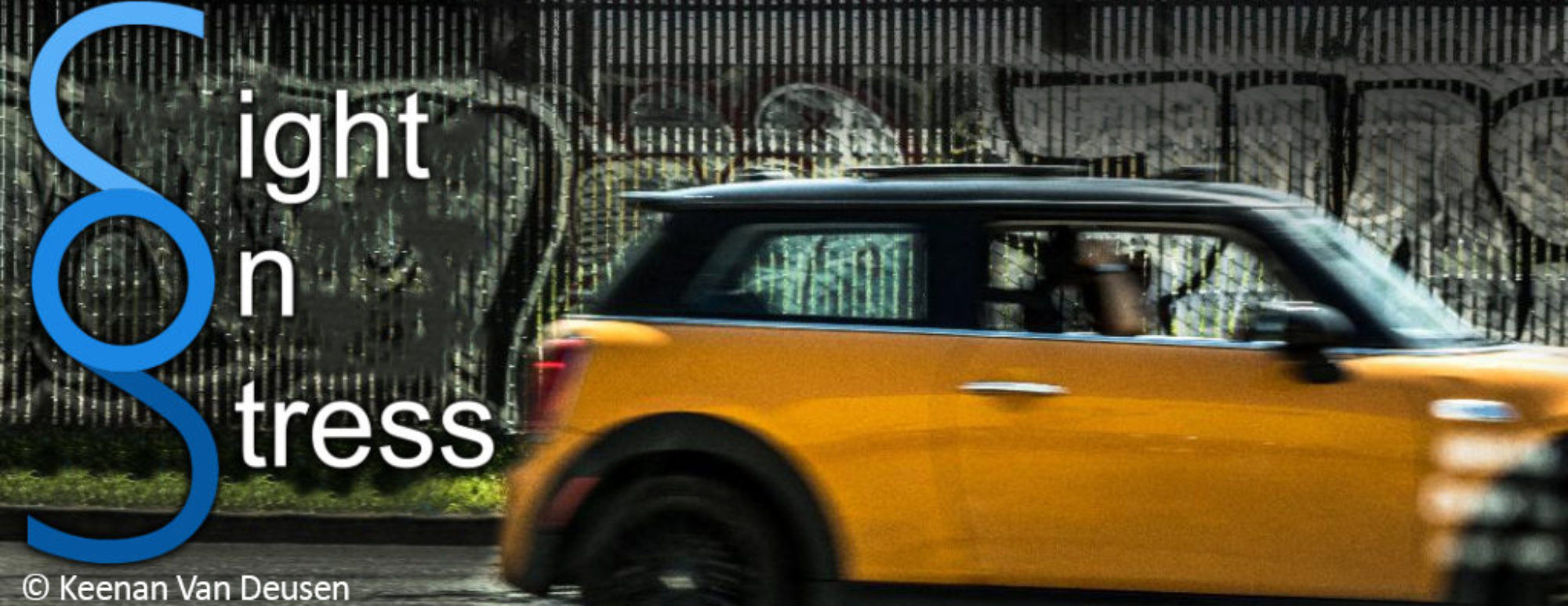
When we’re stressed, the thing we yearn for most is peace. Yet, peace seems so unattainable sometimes. Well, I just read Diane Dreher’s book, The Tao of Inner Peace. It is a well-written, relatable guide to finding peace amidst life’s chaos, something most of are looking for these days. Following Lao Tsu’s principles of Taoism, with simple practices and exercises, Dreher guides the reader toward a less burdened life.
When addressing the various human responses to stress, Dreher states, “We cannot afford to languish in denial or give way to despair. Tao people face their fears and respond actively, facing even global crises with positive action.”
Dreher is essentially describing two insecure attachment styles when she talks about “denial” or “despair”—the avoidant and the anxious, respectively. She’s right that both approaches to stress will only serve to create imbalance and even illness in yourself. Running from fear or letting it paralyze you will hinder your ability to move through a crisis.
How do we follow the Tao?
So how do we “follow the Tao” as a guide to living less stress-filled lives? First, we must understand that nothing is permanent. This may be a soothing concept when you are grappling with the grief of having lost a loved one or worrying about a conflict at work.
But when life is good, like the joy of a loving relationship or the bliss of relaxing vacation, accepting that these things aren’t permanent can be scary, so we cling to them, afraid of change. Dreher explains that following the Tao doesn’t mean a life of constant grief over loss. It means accepting the cycles of life and learning to go with them instead of resisting them.
With death comes new life
Take, for example, a tragedy that hit my friend, Elise recently. Elise lost her job of ten years abruptly and without warning. Because she didn’t have a healthy savings account and was pushing fifty years old, she freaked out. She first went into denial, acting as if she was glad the job was gone. Then flew into panic mode, frantically researching job openings in her field.
When nothing came soon enough, she moved into despair. She ate too much ice cream, went to bed early and slept until noon. While understandable, none of these coping mechanisms helped Elise accept the fact that nothing is permanent, and that impermanence can be okay.
Once she began to accept that impermanence wasn’t her enemy, she could open her creative mind and take pleasure in seeking new opportunities. And, even though that meant carrying a credit card balance for a couple of months, it was okay. She eventually transitioned to a new job with more opportunity for growth, and more money, than her old job had allowed her. When change seems scary, remember, that with death also comes new life.
Second, Dreher discusses the importance of interconnectedness—a concept also central to attachment theory. She says, “For peace to exist, societies and individuals must understand the interrelatedness of microcosm and macrocosm, recognizing their unity with nature and one another.”
I believe restorative justice, a system of building community and addressing wrong-doing that seeks to understand and heal harm for both the victim and the one who has harmed, is an excellent example of Taoist living.
The city of Oakland had been proactive in implementing restorative justice into school and prison systems. As a result, recidivism of wrong-doing has dropped substantially. Restorative justice understands that we are interconnected and strives for mutual compassion and understanding to best utilize this interconnectedness.
Conclusion
Perhaps, the lessons in Dreher’s book can help us navigate the multitude of stressors on our plates these days. Sometimes simplicity is the key to seemingly complex problems. To get her books or learn more about her work, you can visit Dreher’s blog here
- Nature as a Stress-Reliever
- Can Positive Events Cause Stress?
- Plagued With Anxiety? A Simple Intervention
Dr. Van Deusen received her PhD in Clinical Psychology from the California School of Professional Psychology in Los Angeles in 1992. She has cultivated deep knowledge of attachment theory and stress and has worked with various populations over her two and a half decade career. Her practice is in Seattle, Washington. Buy her book Stressed in the U.S.: 12 Tools to Tackle Anxiety, Loneliness, Tech-Addiction and More here

